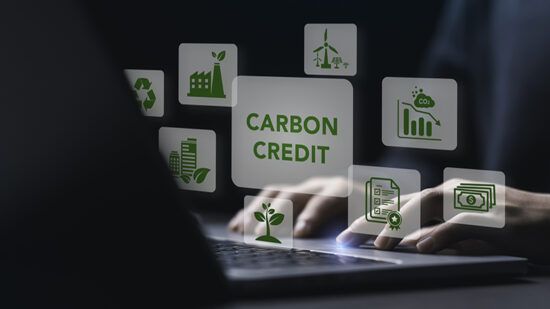As many as 1,500 funds that have been categorised as Article 9 by providers are at risk of having the status removed as research shows they are not investing solely in sustainable investments as required – or are not making data available to demonstrate they do so.
FE fundinfo used data from the Fund Data and Technology Company to analyse 94,000 European ESG Templates (EETs) that providers have submitted for funds as at the end of August. EETs have been developed to standardise ESG data so it can be easily exchanged across banking, asset management, insurance and pensions industries, with the aim of helping to meeting regulations (but there is no requirement to use the template in order to comply with regulation).
Of the 6,000 EETs providers have submitted for funds classified Article 9 under the Sustainable Finance Disclosure Regulation (SFDR), only 79 have indicated they are meeting requirements and are 100% invested in sustainable investments, while another 168 funds said they invest 90% in sustainable investments.
More surprisingly, 663 funds have set sustainable investment levels at a minimum of 0%, while 780 have indicated the levels are between 0.1% and 85%.
The vast majority of templates, FE fundinfo said, had left this field blank. This means a quarter – or 1,500 – could see their Article 9 status removed.
“Even if it is assumed that all of those Article 9 funds with no stated minimum in sustainable investments will end up with close to 100% when they update their prospectus and populate the field, that still means at least 1,500 funds might need to review their Article 9 status,” the data provider said.
Under SFDR definitions of the categories that came into force in March 2020, Article 9 products must have “sustainable investment as its objective”. The EU financial regulators last year reminded fund providers Article 9 products “may invest in a wide range of underlying assets, provided these underlying assets qualify as ‘sustainable investments’”.
“The regulators’ version was blunt: “For the avoidance of doubt [Article 9 products] should only make sustainable investments”,” explained FE fundinfo.
“It will be interesting to see which way this goes – will Article 9 funds tighten up their investment criteria or will groups start to reclassify their funds as Article 8, which have no minimum requirement for sustainable investment?”
SFDR under scrutiny
The SFDR categories have been criticised by the industry for potentially misleading investors.
Earlier this year, ESG advisory and analytics firm MainStreet Partners compared Article 8 and 9 funds with their own ratings and found around a fifth (21%) of funds classified as Article 8 achieved a MainStreet Partners ESG fund rating of less than 3 out of 5, meaning that they would not be classified as ‘sustainable’ by the agency.
Morningstar research published in August also found that Article 8 and 9 funds are less exposed to weapons and tobacco than Article 6 funds, but there was still some exposure to fossil fuels and nuclear even in the funds considered ‘dark green’, which may “come as a surprise to some investors”.








